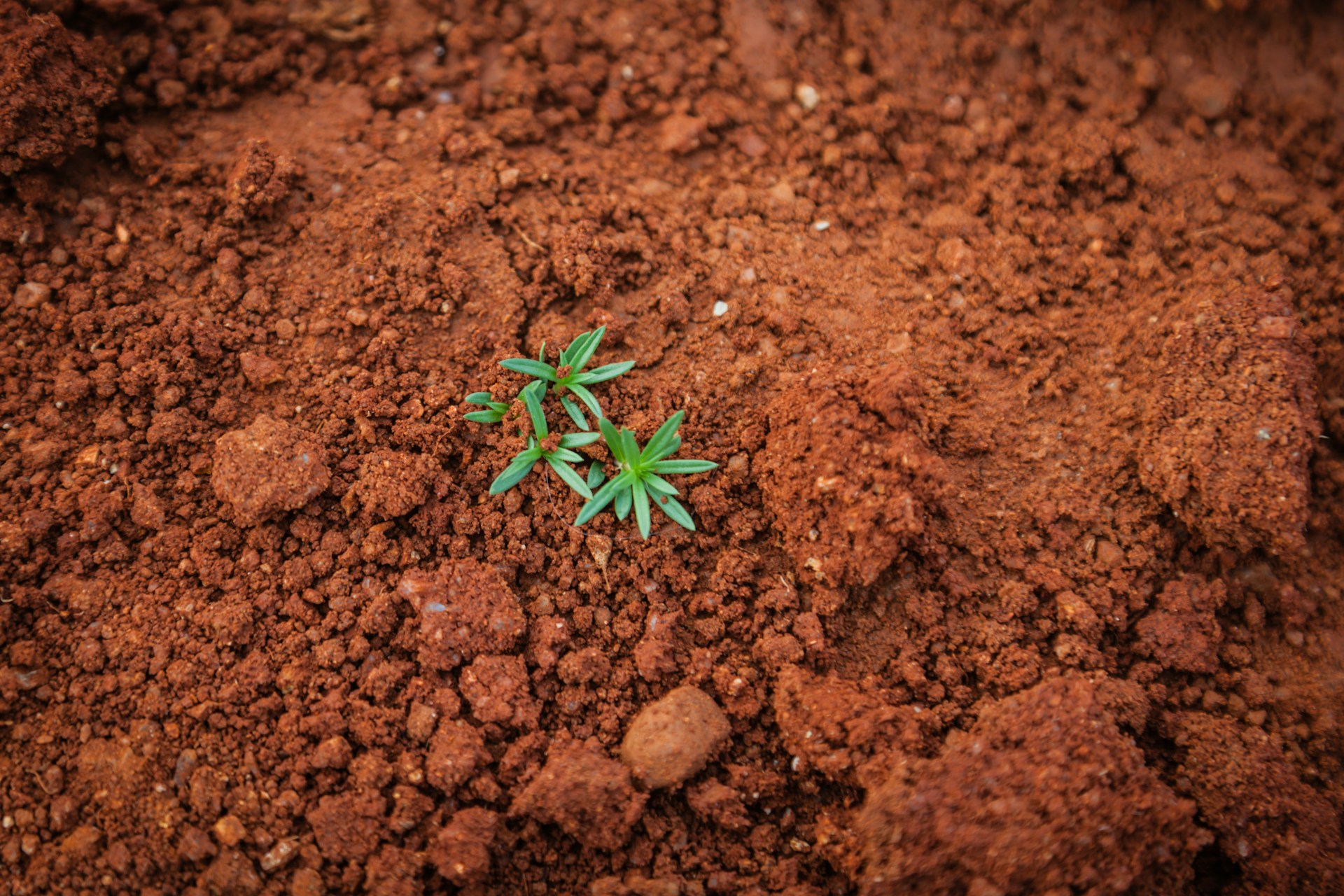Composting is one of the most effective ways to recycle garden waste and give back to your garden at the same time. Instead of throwing out leaves, grass clippings, and plant trimmings, you can transform them into a rich, dark compost that nourishes your soil and boosts plant health.
Whether you’re a seasoned gardener or just starting out, composting is easy to learn and incredibly rewarding. In this article, we’ll go through the basics of composting, what to include, what to avoid, and how to make sure your compost turns out just right.
Why compost?
Composting has many benefits. It reduces the amount of garden and kitchen waste you send to landfill, which helps the environment. It also saves money by cutting down on the need for store-bought compost and fertiliser. Most importantly, compost improves your soil’s texture, moisture retention, and nutrient content, which means healthier plants and better garden results.
What can you compost?
There are two main types of materials you should add to your compost bin: “greens” and “browns.”
- Greens are items that are rich in nitrogen. This includes grass clippings, fruit and vegetable scraps, coffee grounds, and plant cuttings.
- Browns are high in carbon. These include dry leaves, cardboard, paper, straw, and twigs.
To make good compost, it’s important to balance the two. A simple rule of thumb is to use about two parts brown to one part green. Too much green and your compost may become wet and smelly. Too much brown and it might be too dry and slow to break down.
What should you avoid?
Not everything can go into a compost pile. Avoid adding:
- Meat, fish, or dairy (these attract pests and smell bad)
- Pet waste
- Diseased plants
- Glossy or coated paper
- Cooked foods or oily scraps
These items can slow down the composting process or introduce harmful bacteria.
How to start composting
- Choose your composting area
Pick a spot in your garden with good drainage and some sunlight. You can use a compost bin, a compost tumbler, or just build a simple pile. - Layer your materials
Start by adding coarse materials like twigs or straw at the bottom to help with air flow. Then alternate layers of greens and browns. Add water if the pile is too dry, or more browns if it’s too wet. - Turn the pile
Every couple of weeks, use a garden fork or shovel to turn the compost. This adds air and helps speed up the decomposition process. - Wait and monitor
Compost can take anywhere from two months to a year to fully break down, depending on how often you turn it and the materials you use. It should be dark, crumbly, and smell earthy when it’s ready.
In the middle of your composting journey, you may find it helpful to have the right tools on hand. That’s where suppliers like Garden Machinery Direct can make a difference. From garden shredders that make woody waste more compost-friendly to durable compost bins and aerators, having the right equipment can simplify the process and make it more efficient.
Common composting tips
- Chop large items into smaller pieces to help them break down faster.
- Keep your compost moist, but not soggy—like a wrung-out sponge.
- Add a handful of garden soil now and then to introduce useful microbes.
- Cover your compost with a lid or tarp to protect it from heavy rain.
How to use your compost
Once your compost is ready, it has many uses in the garden:
- Mix it into planting beds to improve soil structure.
- Use it as mulch around trees and plants.
- Add it to pots and containers to enrich the soil.
- Spread it on the lawn to promote healthy grass growth.
Conclusion
Composting is a simple and natural way to turn garden waste into something incredibly useful. With just a bit of time and effort, you can reduce waste, save money, and create a healthier garden. Whether you compost with a pile in the corner or a fancy bin, what matters most is that you start. And with support from tools and equipment offered by companies, you can make the process even easier and more effective.
By turning what would be waste into rich compost, you’re not just cleaning up your garden—you’re investing in its future.
